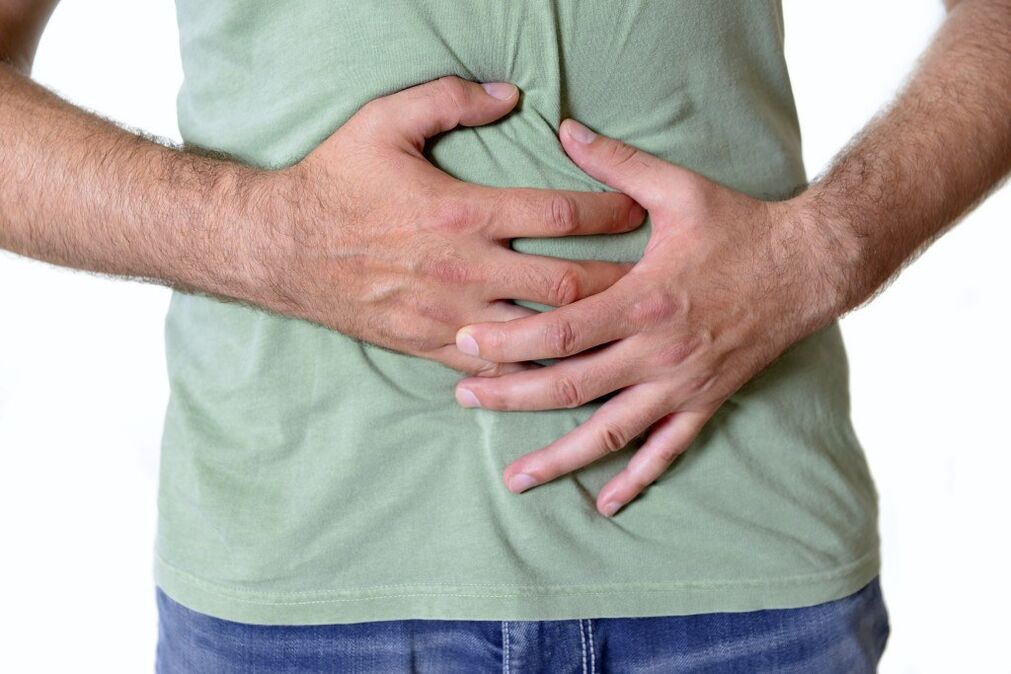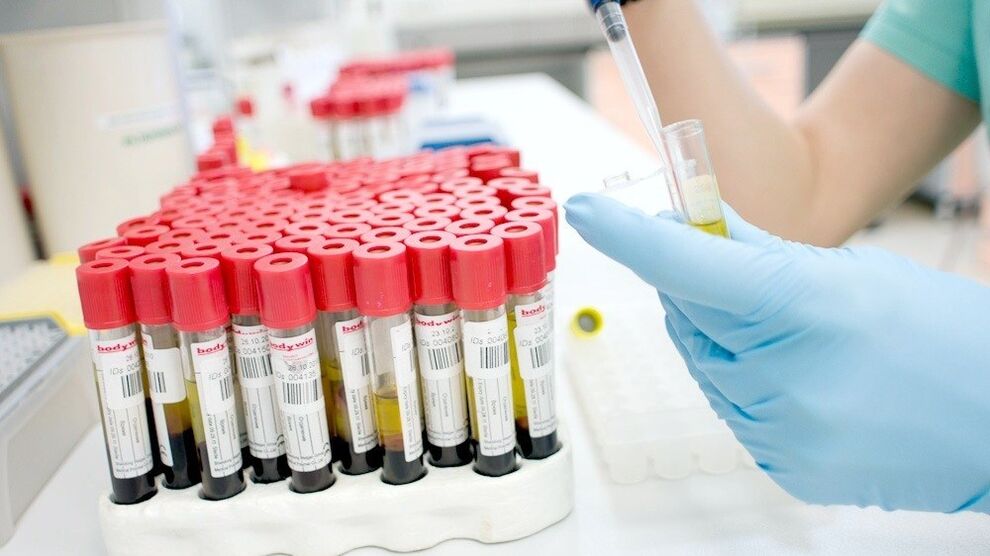How to get rid of worms at home is an issue that often concerns many people. Worms are accompanied by a number of symptoms and cause discomfort. If you think it’s impossible to get rid of worms at home, and if I can’t do that, it’s impossible in principle, you’re wrong. Worms are a common pathology caused by the presence of parasites in the body. Every day, various worms try to settle in the human body. Fungal worms and tapeworms are common in children, tapeworms, lamblia and opisthorchiasis in adults. The topic of treating parasites is always topical because they are lurking at every step.

You may think I can’t get infected with worms while walking or vacationing, or I can’t pick up a worm while swimming in the river, or I certainly can’t get infected with a worm infection at work and at home, but in reality, parasites are everywhere. and assured against them, there can be no one. Helminthiasis is dangerous because worms can infect any organ or system and hide behind the symptoms of concomitant illnesses. It is extremely difficult to diagnose helminthic invasion, but there are several ways to remove parasites and prevent them from entering the body.
Causes of parasites
There are several ways to infect parasites. The infection process does not occur immediately. The eggs of the parasites can be in the external environment for up to 2 years, and if they get into the body, they successfully take root. The habitat of worms depends on their species. Some worms live in the intestines, others prefer to settle in the liver or lungs, others have little difference in where they are rooted, so worms are found in the heart and blood vessels, and even in the brain. In the case of a primary infection, the worms may not take root. The eggs penetrate the intestines where they mature and turn into larvae. These, in turn, adhere to the mucous membranes and feed on nutrients and blood cells until they become adults.
The intestinal environment is not very favorable for parasites, so the body can get rid of eggs naturally. But when the eggs hit a second time, the body’s resistance decreases and takes root faster. Worms are most commonly found in the bodies of children. Children have a less developed hygienic culture, so helminthiasis occurs in groups of children in the form of epidemics: downloaded from a child and then simultaneously. Tapeworms and fungal worms are most common in children. These worms are ubiquitous and it is very difficult to protect children from their effects.
The main ways in which children and adults become infected are the same:
- Geohelminthic. Helminths penetrate the soil and, along with water and vegetables, penetrate humans.
- Contact. A helminthic invasion spreads from one person to another.
- Biohelminthic. Parasites enter the body through the consumption of undercooked meat or fish.
- Insect bites. Often mosquitoes or flies carry the eggs of worms.
The most common infections of parasites in children and adults are via the fecal-oral route. For example, the eggs of the tapeworm, along with the feces of animals and humans, enter the soil and contaminate the water and soil with them. You can also get worms from eating unwashed fruits and vegetables.
Parasites are not uncommon in fish. It is impossible to rule out all routes of infection, but folk methods can get rid of parasites in the body forever.
Symptoms of helminthiasis in adults and children
There is no definite clinical picture of helminthic invasion. The symptoms of helminthiasis depend on the location of the worms. Worms very often affect the intestines, liver, lungs, heart, and soft tissues, making it difficult to quickly identify the cause of pain. Helmet samples can settle in one place and then pass through the bloodstream to another, so it is not immediately possible to determine exactly what the source of the disorder is.
As for dumplings and tapeworms, these types of intestinal parasites have a number of pronounced symptoms in both adults and children. The eggs of these parasites that the female places around the anus cause burns and itching, so the person scratches this area and the eggs fall under their fingernails. Cat food, for example, causes coughing because it prefers to live in the lungs. And liver fluke affects the liver and gallbladder, provoking symptoms of diseases in these organs.

Manifestations of helminthiasis in most cases are accompanied by:
- constipation;
- diarrhea;
- bloating;
- irritable bowel syndrome;
- muscle and joint pain;
- allergies;
- anemia;
- weight loss;
- violation of the central nervous system;
- insomnia;
- decrease in the protective functions of the immune system;
- inflammatory process;
- susceptibility to infections;
- headache.
Symptoms of intestinal parasites may occur alone or in combination. The child may also have a fever, skin rash and gnashing of teeth.
Methods for diagnosing helminthiasis
Because worms can settle in any organ, they can only be detected in the body by performing laboratory tests. There is no universal method to detect worms. Among other things, in the early stages of the infection, the worm may not appear in any way, making diagnosis difficult. There are several ways to identify a helminthic invasion:
- Stool analysis. When diagnosing helminthiasis, feces are often examined for the presence of worms and their eggs. This method does not give 100% of the test result, so it should be taken several times within 2-3 weeks to confirm the results.
- Blood test. Helminthiasis produces a large number of red blood cells in the blood, which appear in the body's fight against parasites. A number of studies are also being conducted to obtain results on the presence of toxins in the blood due to the appearance of breakdown products of the vital activity of the worms.
- Scraping. This method of diagnosing helminthiasis is twofold: scraping on an adhesive tape or glass sample. The procedure has been familiar to everyone since childhood, when samples were taken from the anus during a routine examination, which had to confirm or deny the presence of eggs.
- Sputum analysis. Some parasites live in the lungs and require a sputum or x-ray to identify them.

After successful completion of the tests, it is recommended that the test be repeated, as helminthiasis may be in the incubation stage at the time of diagnosis.
You can get the most accurate results from a laboratory test if you perform the tests early in the morning without taking a shower.
How to get rid of worms quickly?
If you think I can’t get rid of the parasites in 1 day, you’re wrong. Modern medicine offers a large number of anthelmintic drugs to help remove parasites in adults and children. Anthelmintic drugs are the most effective way to get rid of worms. However, the tablets should be taken based on the results obtained after the transfer of the tests. For adults and children, the same drugs are presented at different doses. You should be prescribed medication by a specialist, so you should not take anthelmintics on its own. Some of them are very toxic and dangerous for children.
It is recommended that children take anthelmintics only as directed by their doctor. Some medicines kill helminth eggs, others affect adults, so you should consult a specialist before taking these medicines.
Is it possible to get rid of worms at home?
You can also get rid of parasites in the body by folk methods. They are less effective than drugs but safer. With folk remedies, you can not only remove worms, but also eliminate the consequences of their vital activity: it cleanses the blood of toxins, restores organ function, and you can forget forever how to get rid of worms.
- Spas.
- An effective and safe method to remove parasites from a child is an herbal bath. To make the bathroom, you need to make a decoction of oatmeal, comfrey, celandine, thyme and honey. Stir in 2 tbsp. spoon components and pour 5 liters of water. Bring the soup to a boil and let stand for an hour. Filter and add 1 liter of hot water. Insert the child and wait for the worms to start climbing out. In this case, give him a drink of fresh carrot juice. When the worms come out of the child, remove them from the bathroom immediately so that they cannot re-enter the child. During the first procedure, the result may not appear, so continue the course for 7-10 days.
- For adults, the bathroom is also useful for worms. To make the bath, mix equal amounts of thyme, calamus, elecampane root, mint, walnut leaves, chamomile, thyme and cumin seeds. Pour in all 5 liters of water, bring to a boil and leave to stand for one hour. Filter and pour into the bathroom with more warm water. Repeat the procedure every other day for 2 weeks to kill the worms.
- Enema.The enema is effective against helminths. There are many recipes for making a cleansing enema, but the most useful are garlic and thyme enemas. To make the broth, take 3 heads of garlic and roll in a meat grinder. Pour the resulting juice 1, 5 liters of water and add 50 grams of thyme. Bring to the boil, filter and cool to room temperature. Apply 1-2 times a week in children, 3-4 times a week for adults for a month.
- Garlic tincture.
- For a child, make a garlic tincture with lemon. Take 6 cloves of garlic and 2 lemons. Scroll into a meat grinder and add 500 ml. hot water. Set aside overnight, squeeze out and add 250 ml. Once a day, preferably in the morning.
- For an adult, the tincture is made with alcohol. Roll up 3 heads of garlic in a meat grinder and pour into 150 ml. alcohol. Take 30 drops twice a day for 3 weeks to kill both adult worms and their eggs.
- Pumpkin seeds.Fresh pumpkin seeds are an effective anthelmintic. The mucous membrane in which they are encased is particularly appreciated. The daily norm for a child is 40 seeds per day, for an adult - 60 seeds per day. The seeds should be taken within 1 month.
- Garlic milk.A mixture of garlic and milk helps effectively remove parasites. To prepare the drug, take 3 heads of garlic and add to 200 ml. milk. Allow the mixture to cool and drink once a day for a week.
- Walnut infusion.You can remove helminths with a simple but very effective cure - green walnut bark tincture. To prepare the product, take 200 grams of crushed bark and pour 500 ml. water, then 250 ml. alcohol. Insist for 7 days. Take 1 tablespoon every day. spoon for a month.
- Ginger.Ginger in any form helps to remove parasites. You can make a decoction, tincture or consume it. You should take ginger in any form every day for 14 days.
- Onion.This is not the finest, but useful cleaning method to help remove helminths in adults and children. To make the medicine, grate 1 onion on a grater, squeeze the juice and pour over water. Insist on it at night and drink the infusion on an empty stomach in the morning. You should take it every day for 10 days.






































